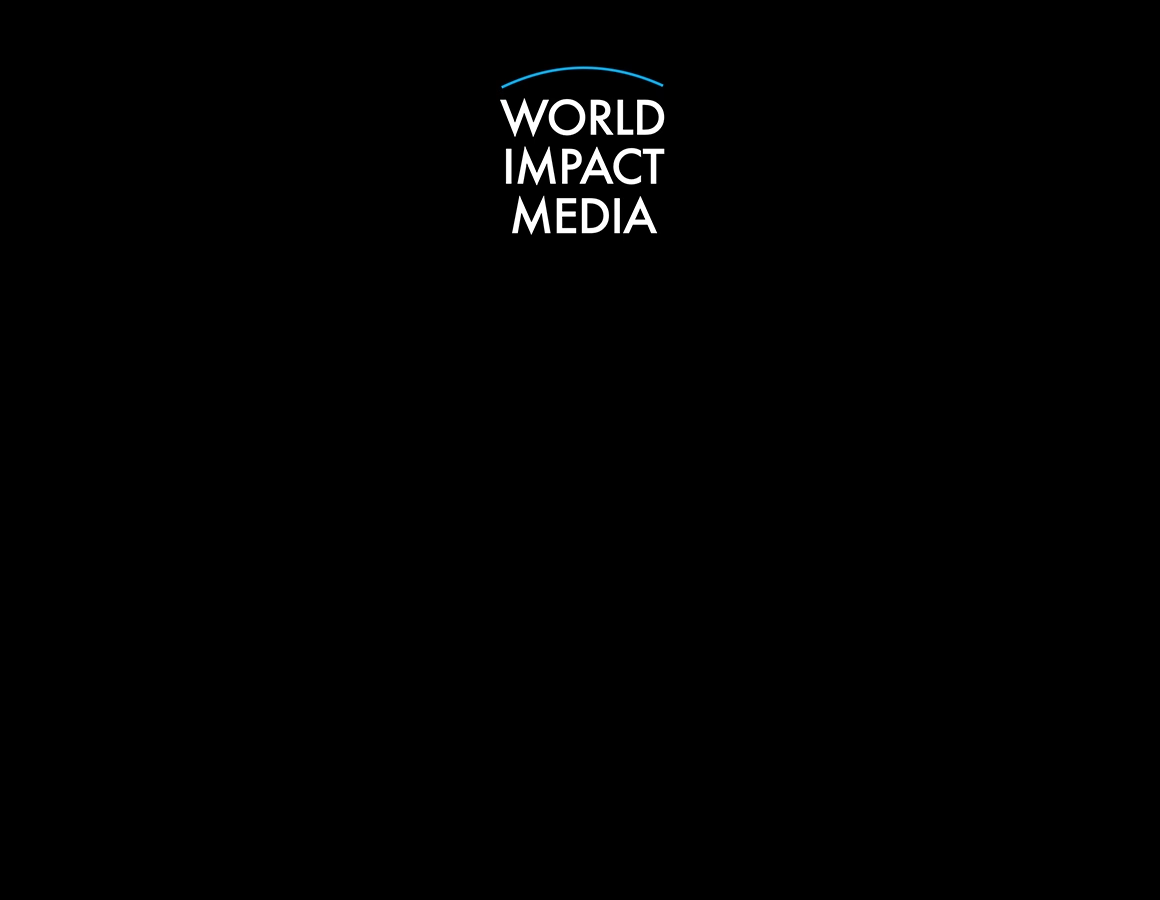Rick Rieder, BlackRock’s global chief investment officer for fixed income, has recently declared that today’s financial climate represents the best investing environment in history. His optimism rests on a potent mix of abundant liquidity, resilient corporate earnings, low volatility, and expectations that U.S. interest rates will soon move lower. Adding a twist to his market commentary is the fact that Rieder is also reportedly in the running to become the next chair of the Federal Reserve, a role that would put him at the very heart of U.S. economic policy.
At the center of Rieder’s bullish outlook is the sheer weight of capital parked on the sidelines. Trillions of dollars are currently sitting in money market funds, waiting for the right moment to flow into risk assets. This “dry powder,” as he describes it, could act as a powerful catalyst for equity markets if monetary policy eases. Corporate share buybacks are adding to this dynamic by reducing supply and boosting per-share performance, creating what Rieder sees as an unusually favorable supply-and-demand backdrop.
Corporate earnings are another pillar of his argument. Despite concerns over trade frictions and slower global growth, a large share of U.S. companies have been exceeding expectations. Technology firms in particular have delivered exceptional year-over-year growth, helping sustain valuations that might otherwise be considered stretched. For Rieder, these earnings trends demonstrate the fundamental strength underpinning current market levels.
The policy environment is also a major factor. With inflation moderating and signs of a softer labor market emerging, he believes the Federal Reserve could soon begin lowering interest rates. A meaningful rate cut, in his view, would unlock further investment flows, reduce financing costs, and support risk assets across the board. On top of this, structural productivity gains from advancements in artificial intelligence, cloud computing, data analytics, and other transformative technologies are enhancing efficiency and creating longer-term economic tailwinds.
While his market outlook is compelling, Rieder’s position as a potential candidate for the Fed’s top job brings an additional layer of intrigue. His background in the private sector, managing trillions in client assets, gives him a market-oriented perspective that differs from most traditional central bank officials. Supporters argue that this could bring fresh thinking to monetary policy. Critics counter that the transition from investment management to central banking would demand a steep adjustment, especially given the political pressures inherent in the role.
If appointed, Rieder would be stepping into a position that requires balancing market realities with broader economic objectives. His preference for accommodative monetary policy could align with political desires for growth, but it might also raise concerns about long-term inflation control and financial stability.
For investors, his current message is clear: the combination of abundant liquidity, strong corporate performance, and a potentially more supportive policy environment is creating a rare moment in financial history. Whether or not Rieder takes the helm at the Fed, his views highlight the unique convergence of market forces at play today—an alignment that, if sustained, could shape investment strategies for years to come.
















